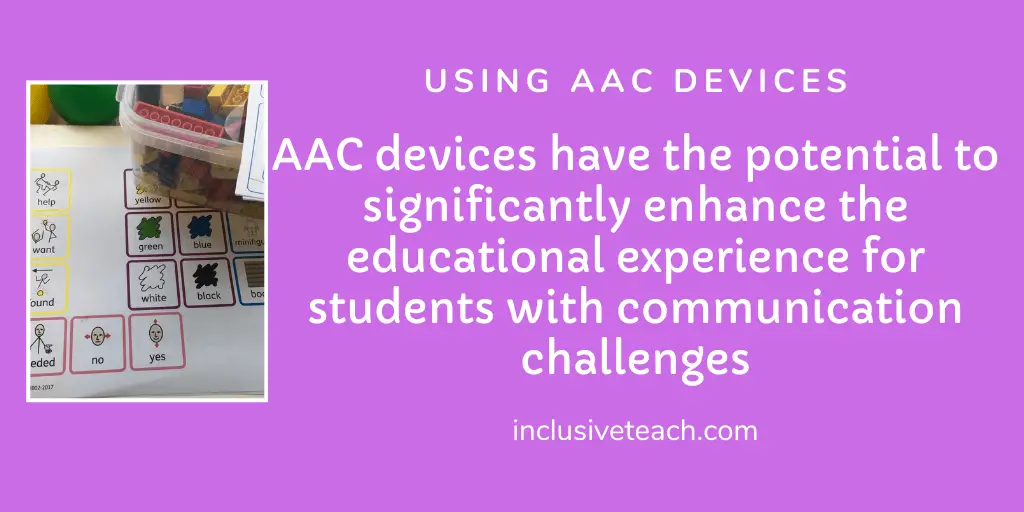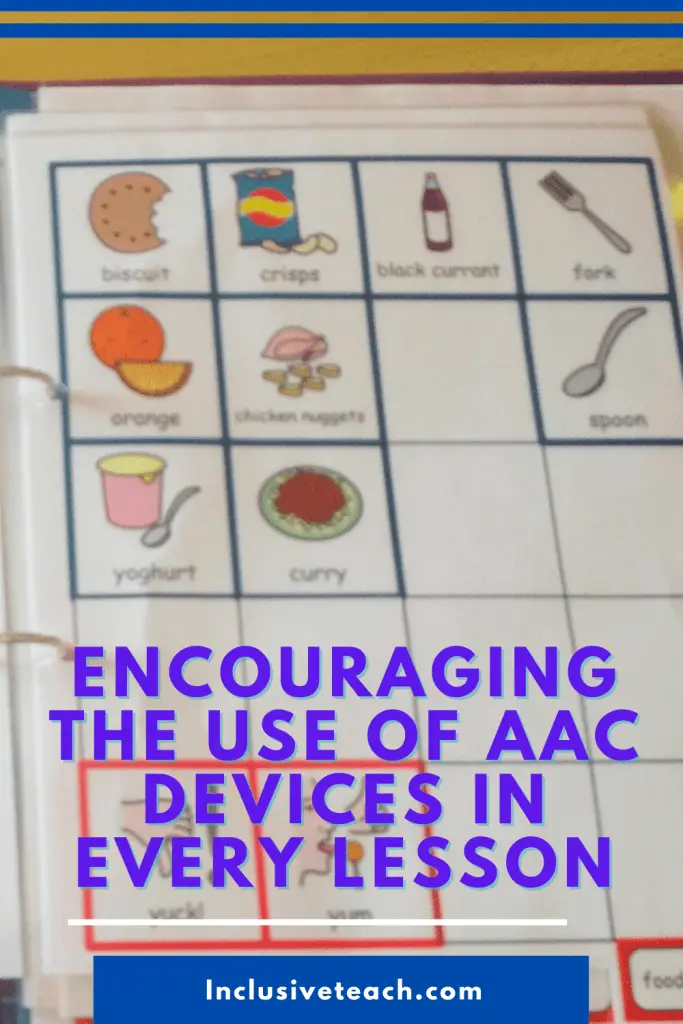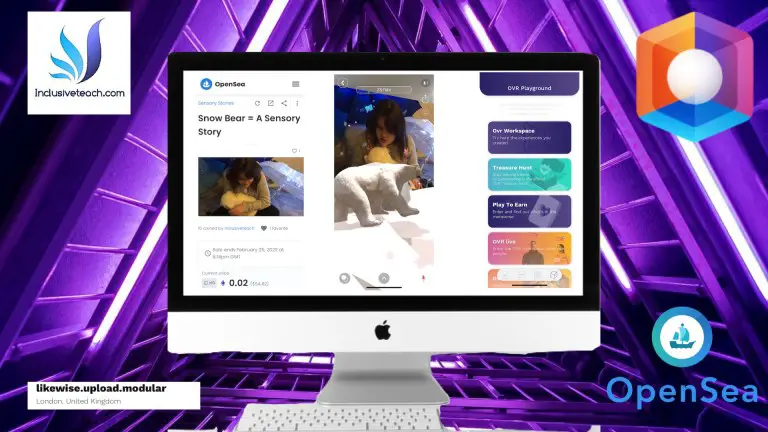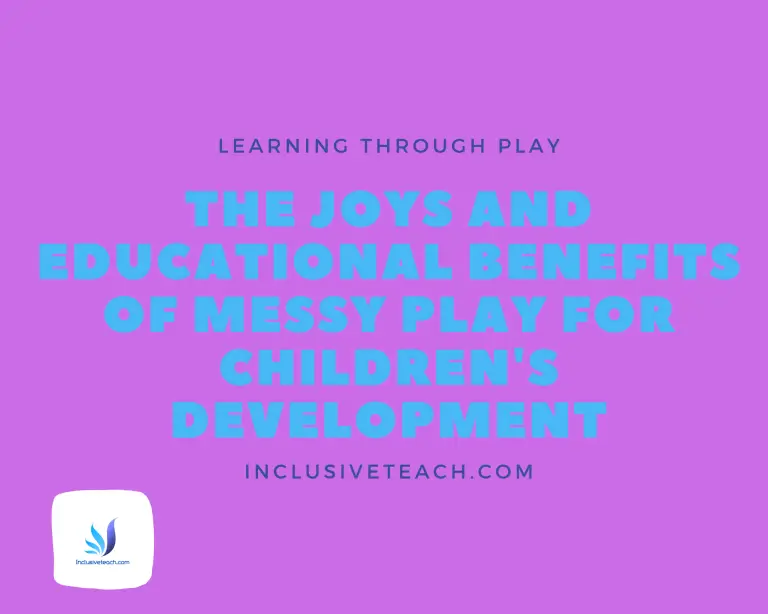Encouraging the Use of AAC Devices in Every Lesson
Embed Communication Devices in All Your Lessons
Augmentative and alternative communication (AAC) devices are becoming increasingly common in classrooms as technology advances. These devices, whether simple picture boards or sophisticated speech-generating tablets, allow students with communication difficulties to express themselves.
As a teacher, you play a crucial role in ensuring students can use AAC devices effectively. Integrating these tools into every part of the school day takes planning and creativity, but brings immense rewards. Working in conjunction with speech and language therapists we need to ensure we are maximising the communication potential of our lessons. I have always taught classes with 1 or more AAC users, whether non-verbal or requiring additional SaLT input. The 6 hours they are in our classroom are crucial for developing their voice. Here are tips for making AAC devices a seamless part of lessons.

Make It Fun!
When it comes to incorporating AAC devices into educational practices, it is essential to create an environment that is both supportive and engaging for students. One of the key aspects is to keep the practice lighthearted and enjoyable. By incorporating the students’ preferred toys, snacks, music, or other reinforcers into the lessons, you can create a more comfortable and familiar setting for them to interact with their devices.
Educational games can be an excellent way to make the learning experience more interactive and fun. There are numerous AAC-specific games available that can help students strengthen their communication skills while having a great time. These games often provide opportunities for students to practice using their devices in different contexts, such as in simulated conversations or storytelling activities.
Get to Know the Student’s Device
Each student’s AAC device is customized to their needs. Take time to understand how the device works, whether it uses symbols, text, or synthesized speech. Learn which words and phrases are programmed into the device and how the student accesses them. This knowledge will allow you to model using the device and help the student expand their vocabulary. Consult with speech therapists and the student’s family to keep learning about the device.
Incorporate the AAC Device into Routines
Using an AAC device should become second nature to students, not something saved for special activities. Integrate it into everyday classroom routines. Prompt the student to use the device to say hello or goodbye, make a request like using the bathroom, or express feelings during morning check-in. Reward device use with praise and respond to requests appropriately. The more consistency students have, the quicker using AAC will become habitual.

Use Class Materials Creatively With AAC Devices
Think outside the box when using classroom materials with AAC devices. Have students identify objects, request items, or describe textures and shapes. Simple toys, books, and manipulatives can be used in speech therapy-style games to reinforce vocabulary. For example, wind-up toys and bubbles are great for practicing action words like “go,” “stop,” or “pop.”
Involve Peers in Communication
Get classmates involved in AAC device use. Have students take turns using the device to say their names, answer questions, or participate in a group story. Educate peers on how the device works and proper etiquette. Respectful modelling by classmates provides inclusion and motivates device use. Encourage
Celebrate AAC Success
Celebrating successes is another crucial component of AAC device practice. It is important to acknowledge and reward students’ efforts and progress, regardless of the level of proficiency they have achieved. Whether it’s a sticker chart, verbal praise, or a small treat, positive reinforcement can motivate students to continue using their devices and build their confidence in communicating effectively.
How Can We Incorporate AAC devices into every lesson?
Here are some additional examples of how to incorporate AAC devices into everyday classroom routines:
Morning Meeting/Circle Time
- Have the student use their device to say “Good Morning” and share something about their day when it’s their turn
- Request like asking for their favourite song to be played
- Request who they would like to say “Good Morning”
- Comment on or request the classroom job for the day
- Have them “vote” on questions or activities by selecting the visual symbol
- Have students identify the day of the week, date, weather, season, etc. on their device
Transitions
- Use visual supports like picture symbols or written words to warn students a transition is coming
- Request the member of staff to support them on transition or personal care
- Prompt them to use the device to respond when you say it’s time to switch activities (“All done”, “Okay”, “No”)
- Teach action words like “line up”, “play time”, “go” to support transitions
Choice Time
- Use the device to tell you their choice time activity
- Program in preferred activity words and photos so they can select independently
- Encourage requests for materials or help during choice time
- Say no or finished when they want to stop doing something
Post Summary
It’s worth mentioning that AAC devices are not just tools for communication; they are also powerful tools for active participation in the classroom. We also wrote a post on the importance of developing AAC use for safeguarding reasons. Through these devices, students can express their thoughts, opinions, and ideas, enabling them to contribute meaningfully to class discussions and activities. Encouraging and facilitating their involvement in various academic tasks can help foster their overall engagement and sense of belonging in the school community.
By carefully planning and structuring lessons that integrate AAC devices, educators can ensure that students receive the maximum benefit from these assistive technologies. Individualize the instruction based on each student’s specific needs and goals, considering their communication capabilities and preferences. Implementing a variety of activities that cater to different learning styles and interests can help maintain student engagement and motivation.
AAC devices have the potential to significantly enhance the educational experience for students with communication challenges. By creating a supportive and stimulating environment, incorporating preferred reinforcers, utilizing educational games, celebrating successes, and encouraging active participation, we can make a huge impact of their lives.







